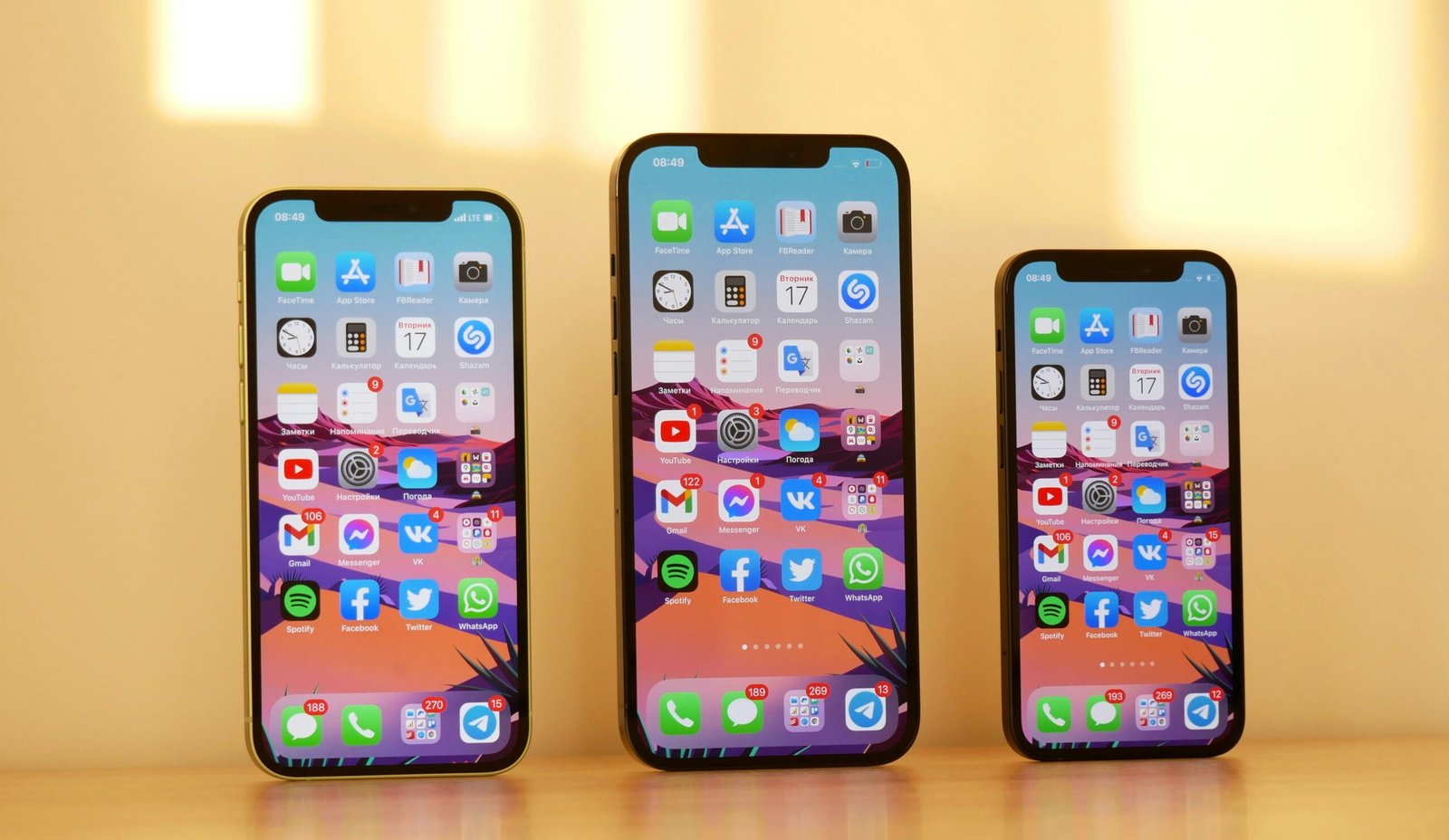Understanding Flagship vs. Budget Phones
When it comes to smartphones, the distinction between flagship and budget phones is crucial for consumers seeking the best value for their investment. Flagship phones are typically defined as the top-tier models offered by manufacturers, showcasing the latest technology and innovation. These devices are designed with superior performance, advanced specifications, and high-quality materials to provide an exceptional user experience. They often feature cutting-edge processors, high-resolution displays, and enhanced cameras, ensuring that users can fully utilize the capabilities of modern mobile technology.
Consumers tend to expect a significant return on their investment when opting for flagship devices. This includes not only premium hardware but also timely software updates, customer support, and exclusive features that enhance the smartphone experience. For example, flagship phones may offer advanced camera systems with multiple lenses for improved photography, faster charging capabilities, and built-in security measures like facial recognition or fingerprint sensors. These devices are generally priced higher than their budget counterparts, reflecting their enhanced capabilities and the advanced engineering involved in their design and manufacturing.
In contrast, budget phones are often characterized by their affordability, designed to meet the basic needs of users without the advanced features found in flagship models. While they can be suitable for everyday tasks such as calling, texting, and browsing, they may lack the performance enhancements and high-quality components prevalent in flagship devices. The marketing labels used to designate a phone as a ‘flagship’ can often blur the distinctions between these categories, leading to consumer confusion. Misleading terminology causes buyers to have inflated expectations, resulting in dissatisfaction when the product fails to meet these assumed standards. Therefore, understanding the true nature of flagship versus budget phones is essential for making informed purchasing decisions in today’s market.
The Impact of Misleading Labels on Consumer Trust
The smartphone market has witnessed a significant rise in the labeling of budget phones as “flagship” devices over the past few years. This practice, while aimed at enticing potential buyers, has profound repercussions on consumer trust, as it creates a dissonance between expectations and reality. When manufacturers label a budget device as flagship, they imply that it meets high-end requirements, which often results in disappointment when the product falls short in performance and features.
Consumers who invest in a phone marketed as a flagship typically expect premium quality, advanced functionalities, and superior user experiences. However, budget phones, although equipped with acceptable specifications, lack the refinement and capabilities associated with true flagship devices. This gap can lead to feelings of deception, as consumers perceive that the marketing terminology unduly influenced their purchasing decisions. The gap between expectation and reality can create a negative perception of not only the specific product but also the brand itself.
For instance, a recent survey revealed that 65% of smartphone users felt misled by brands that promoted lower-end devices as flagship models. Testimonials from consumers indicate that many have experienced functionality issues or lower performance standards after purchasing what was advertised as a flagship device. These discrepancies have led to an erosion of trust in certain brands, as consumers begin to question the integrity of the marketing practices employed. In some cases, harsh reviews and negative word of mouth can further damage a brand’s reputation and lead to diminished sales.
The overall impact of such misleading labels extends beyond individual dissatisfaction; it fosters a climate of skepticism among consumers. As they question the credibility of marketing efforts, the risk arises that even genuinely innovative products may be viewed with suspicion, ultimately harming the entire industry. It is essential for companies to consider the long-term implications of their labeling strategies and the damage they might inflict on consumer trust.
A Call for Transparent Marketing Practices
The smartphone industry has seen a significant rise in budget devices, often marketed with claims that blur the lines between entry-level offerings and high-end flagships. This deceptive marketing has created confusion among consumers, who expect clarity in product representations. To foster a more honest approach, manufacturers should adopt transparent marketing practices that convey a clearer understanding of their devices’ specifications and performance. It is imperative that smartphones categorized as budget-friendly are distinguished from premium models, allowing consumers to make informed purchasing decisions.
One way manufacturers can achieve this transparency is by consistently using straightforward language that clearly defines the features and limitations of their products. For instance, terms such as “flagship experience” should only be applied to devices that genuinely meet the high-performance standards associated with premium models. Similarly, marketing materials should provide a comprehensive overview of the device’s capabilities, including processor specifications, camera quality, and battery life, rather than relying on vague terminology or enticing imagery.
The benefits of adopting such transparent strategies extend beyond consumer satisfaction. Brands that commit to honesty in their marketing earn greater customer loyalty, as consumers appreciate clarity and candor. In turn, this leads to improved brand reputation, as consumers are more likely to recommend brands that deliver on their promises. Furthermore, the implementation of industry standards or regulatory measures could enforce adherence to truthful marketing tactics, ensuring that all stakeholders in the mobile phone market maintain fairness in their advertising practices.
By prioritizing transparency, the smartphone industry can move towards a more ethical marketing landscape, cultivating trust with consumers and paving the way for more sustainable business practices in the long term.





Very good written story. It will be helpful to everyone who usess it, including me. Keep up the good work – i will definitely read more posts.